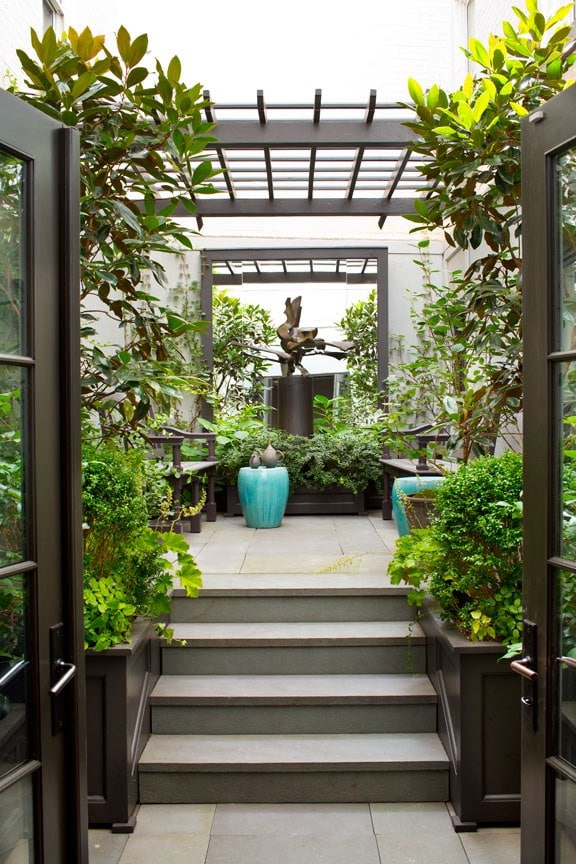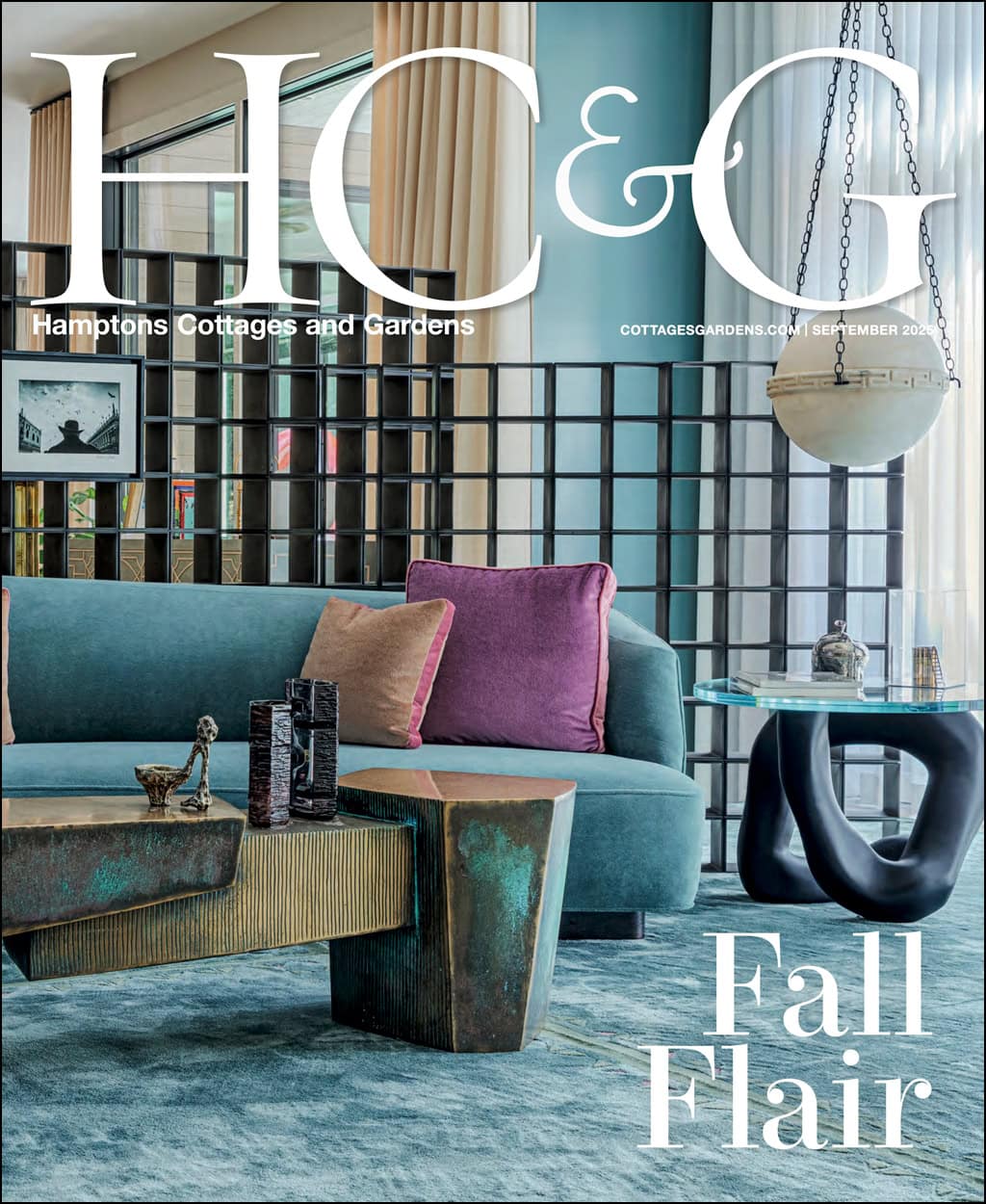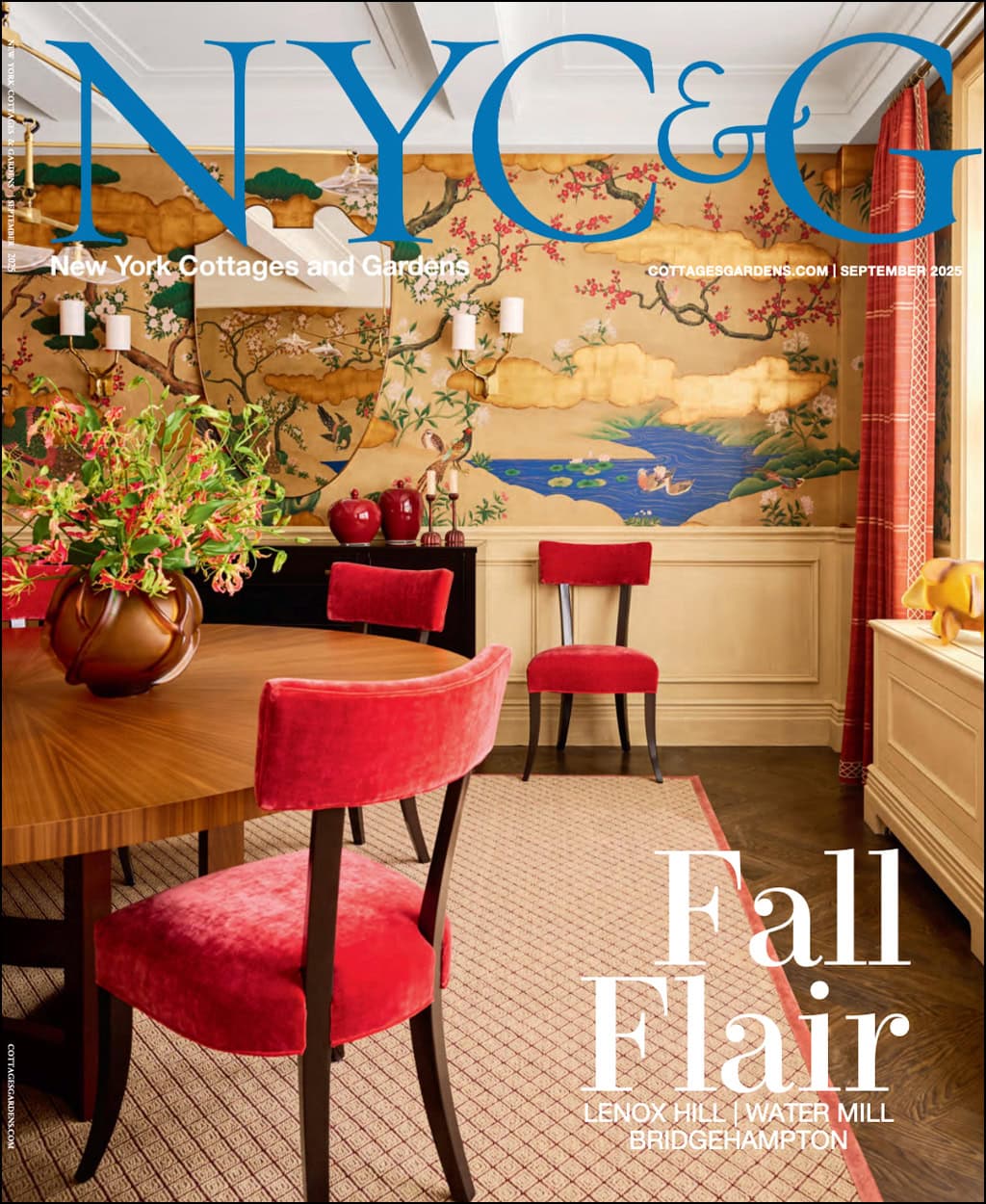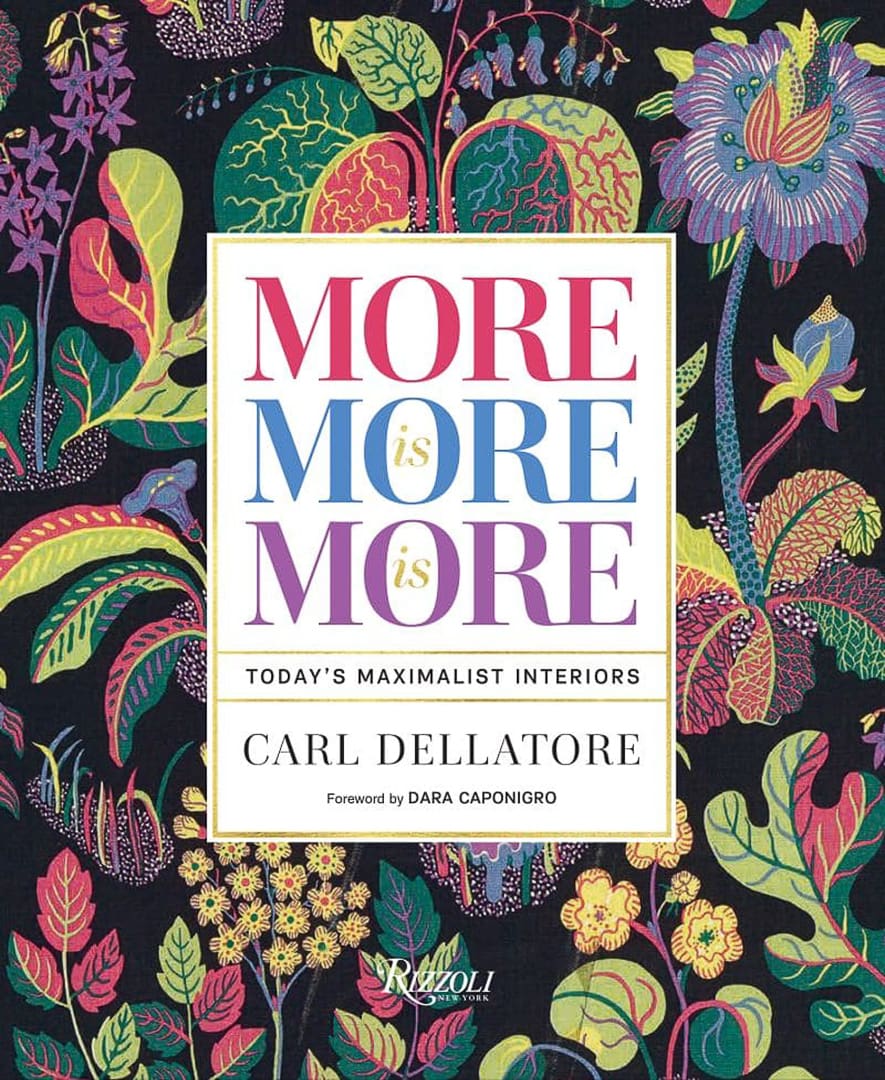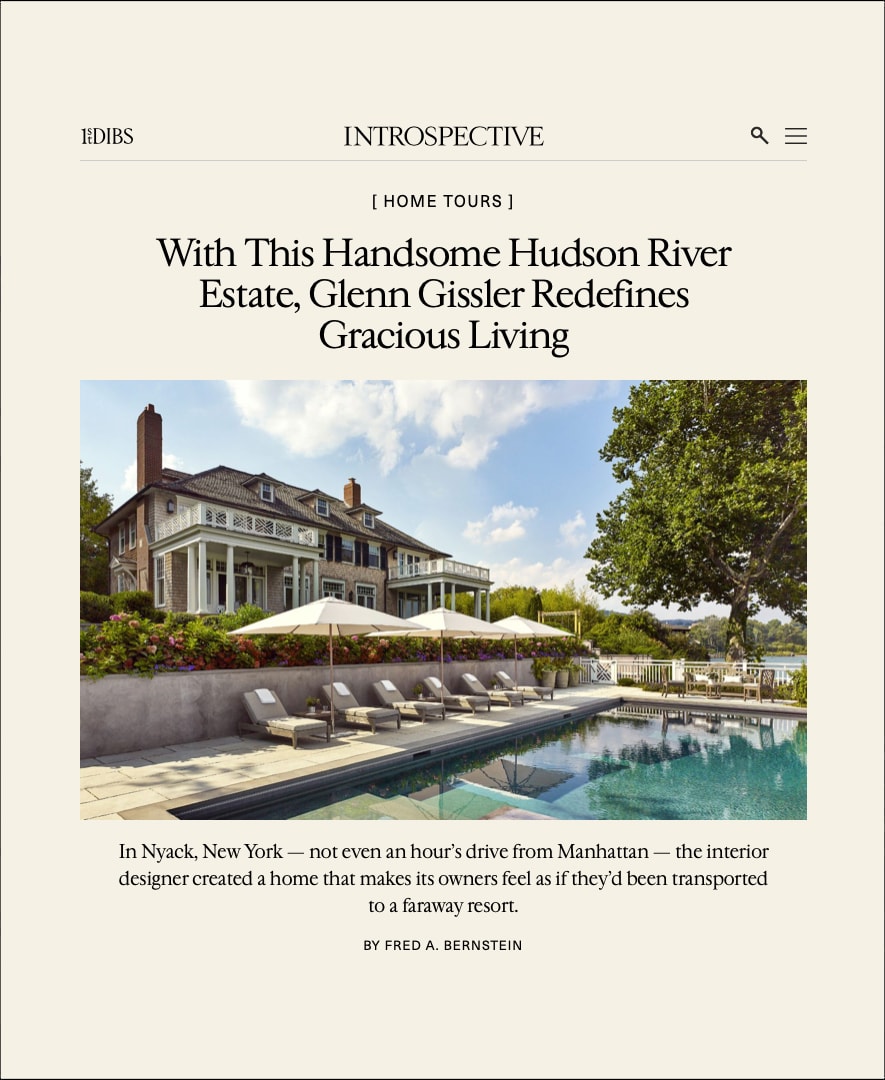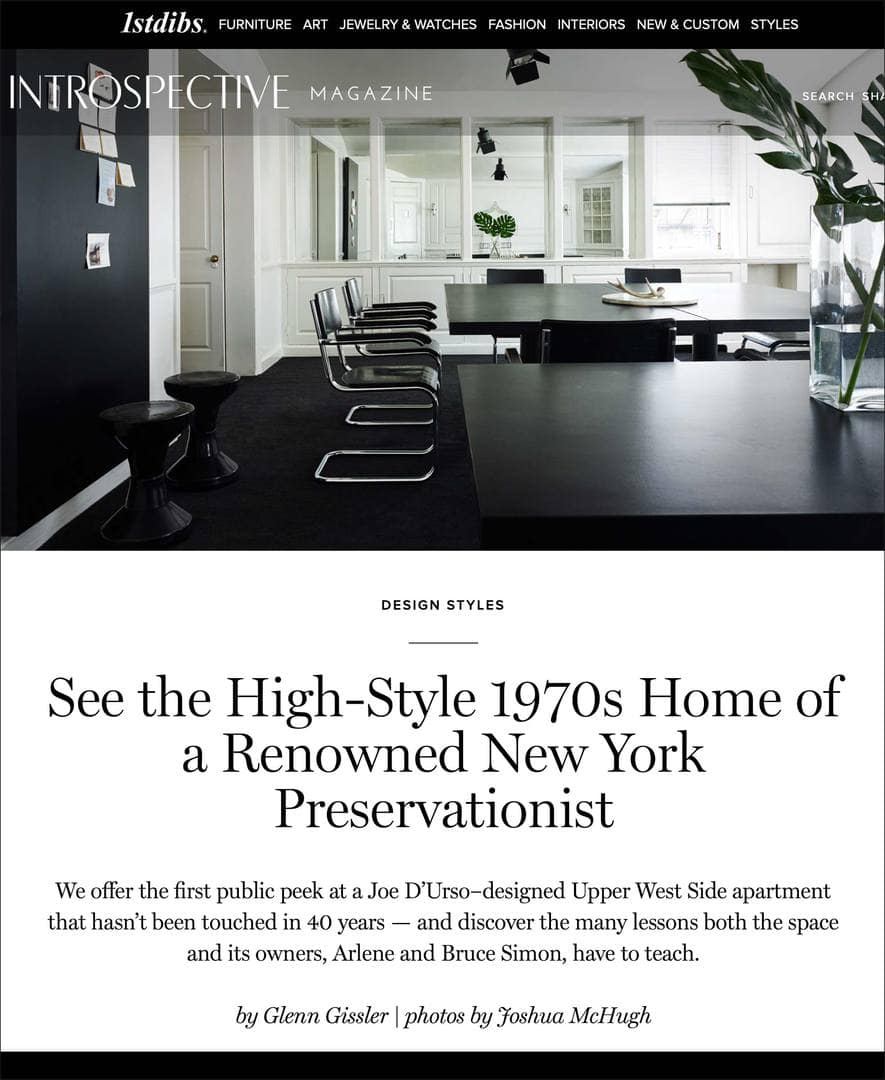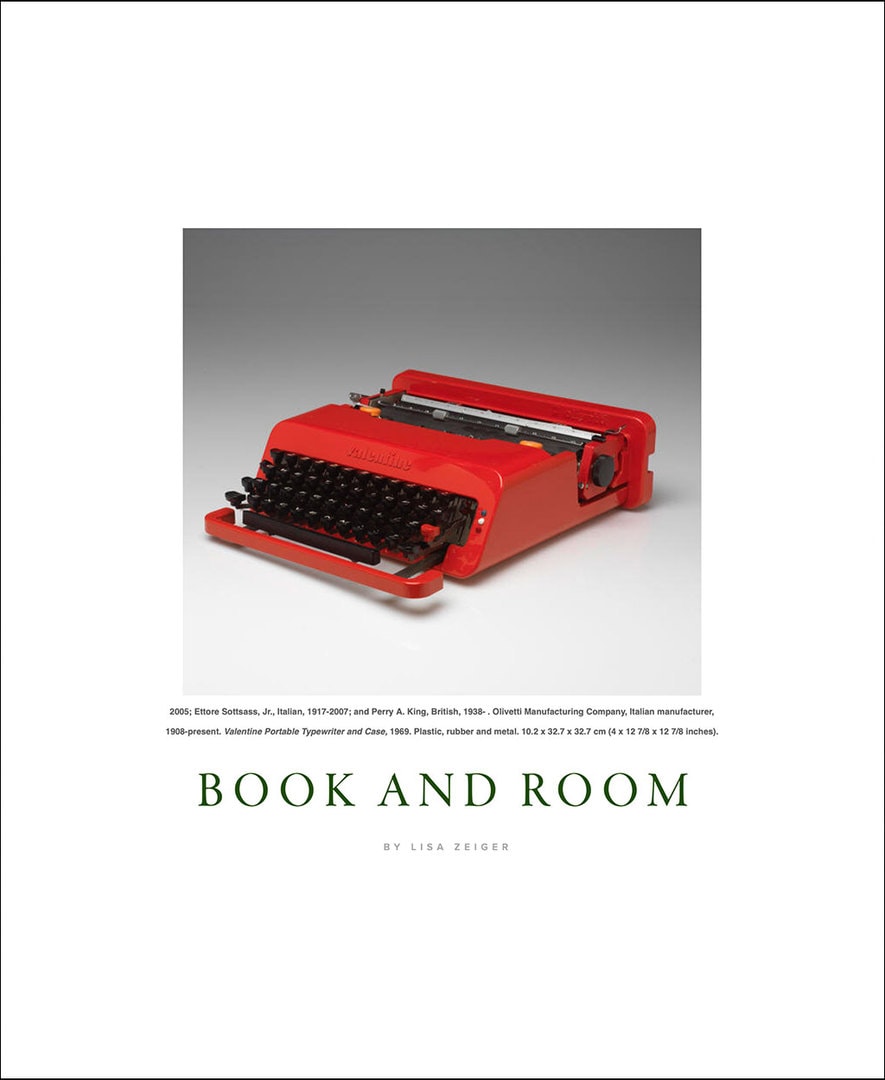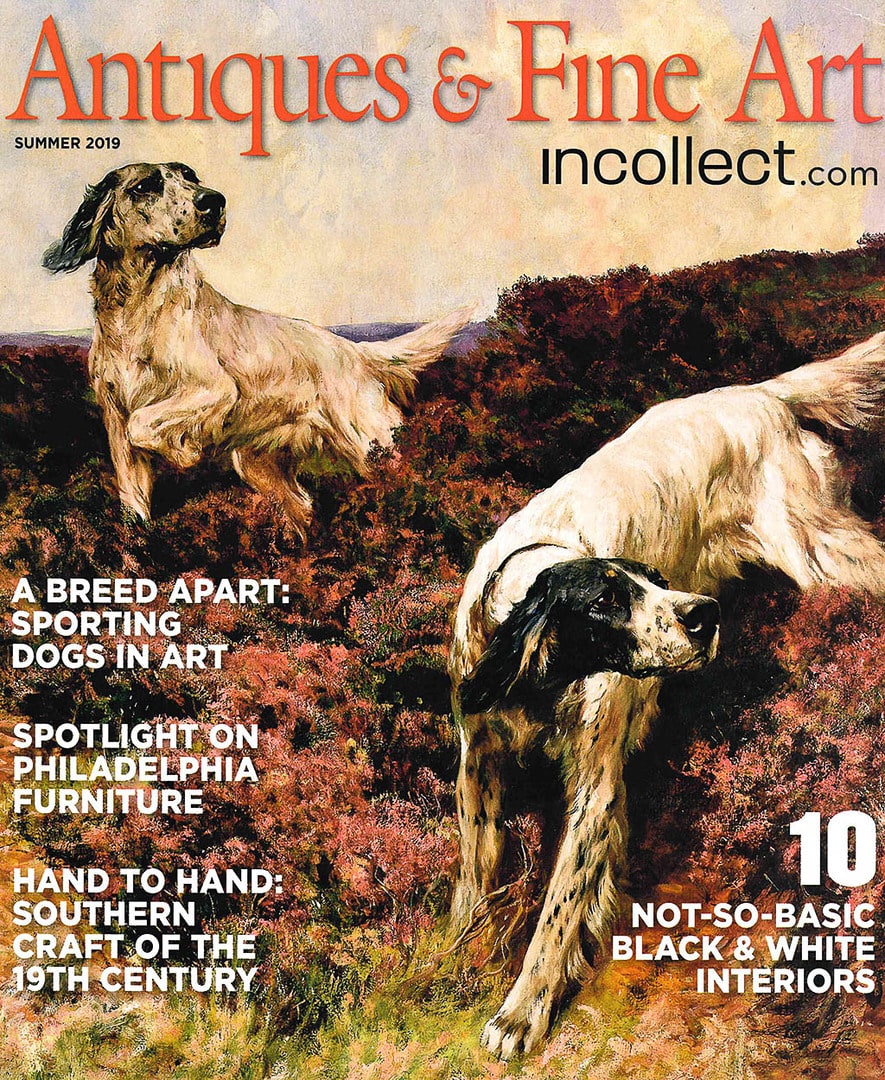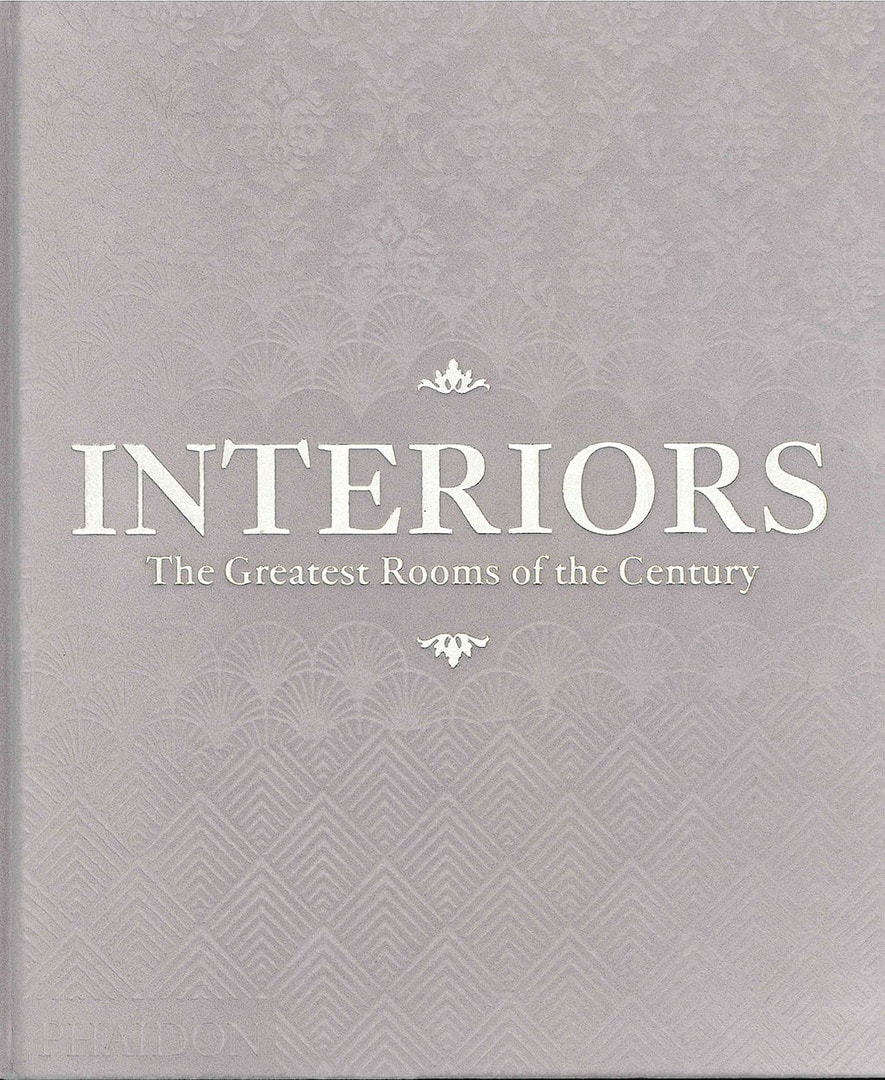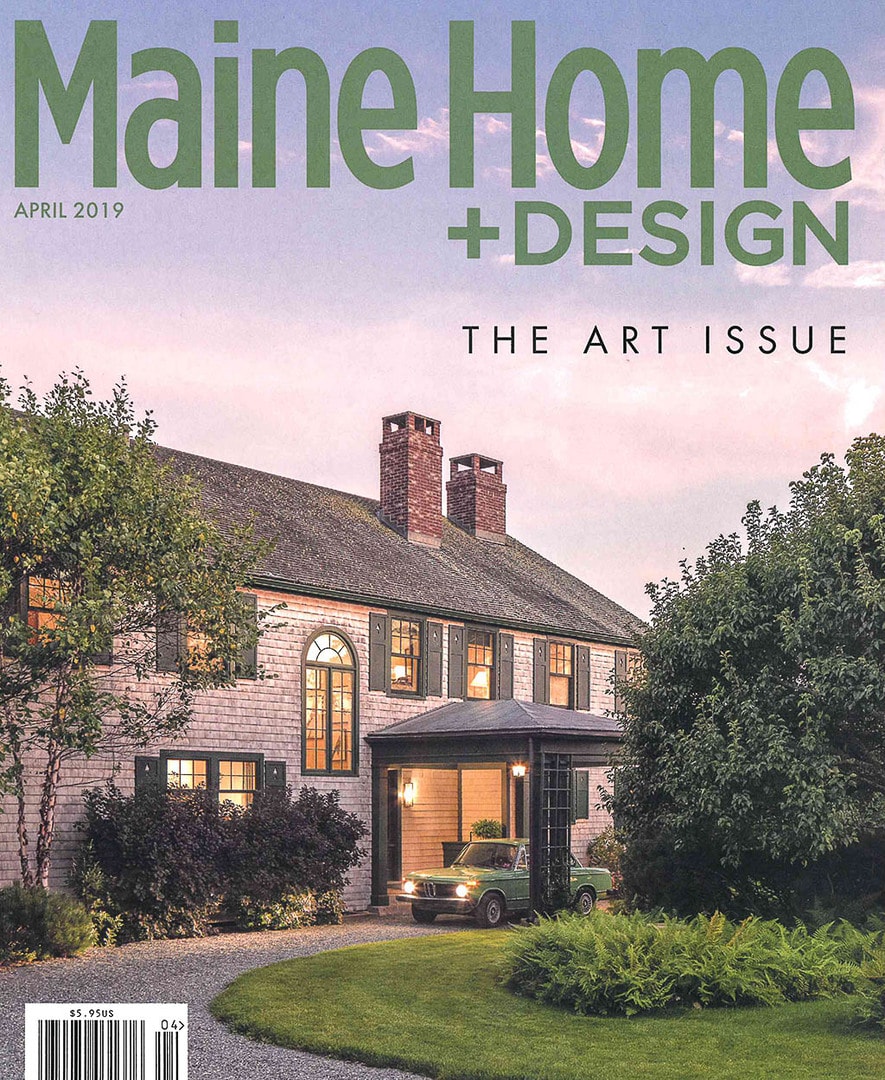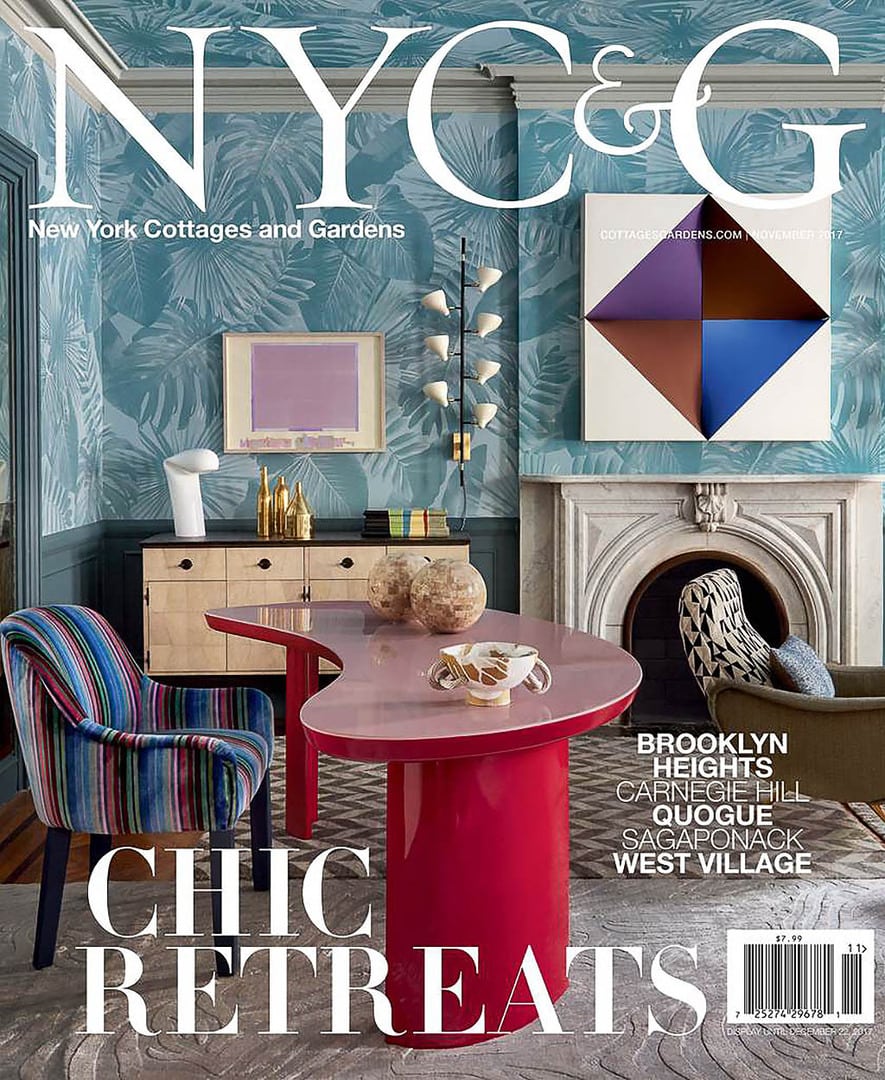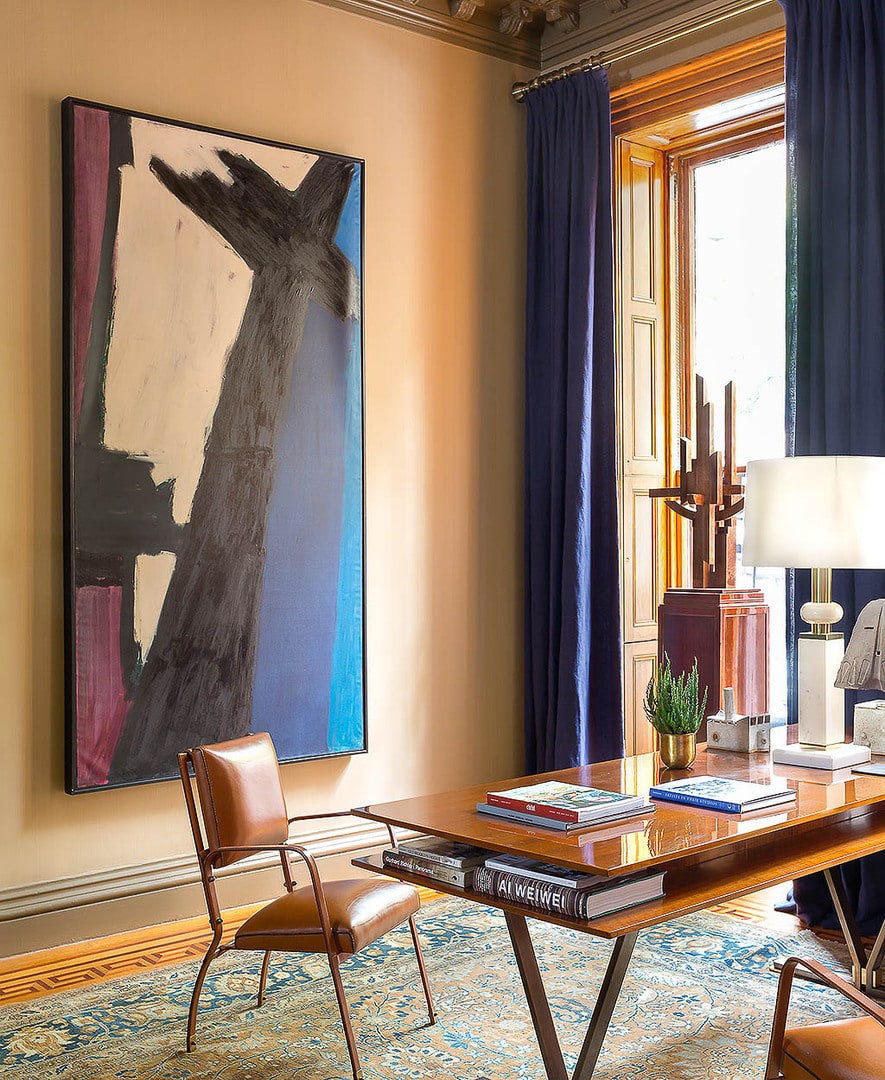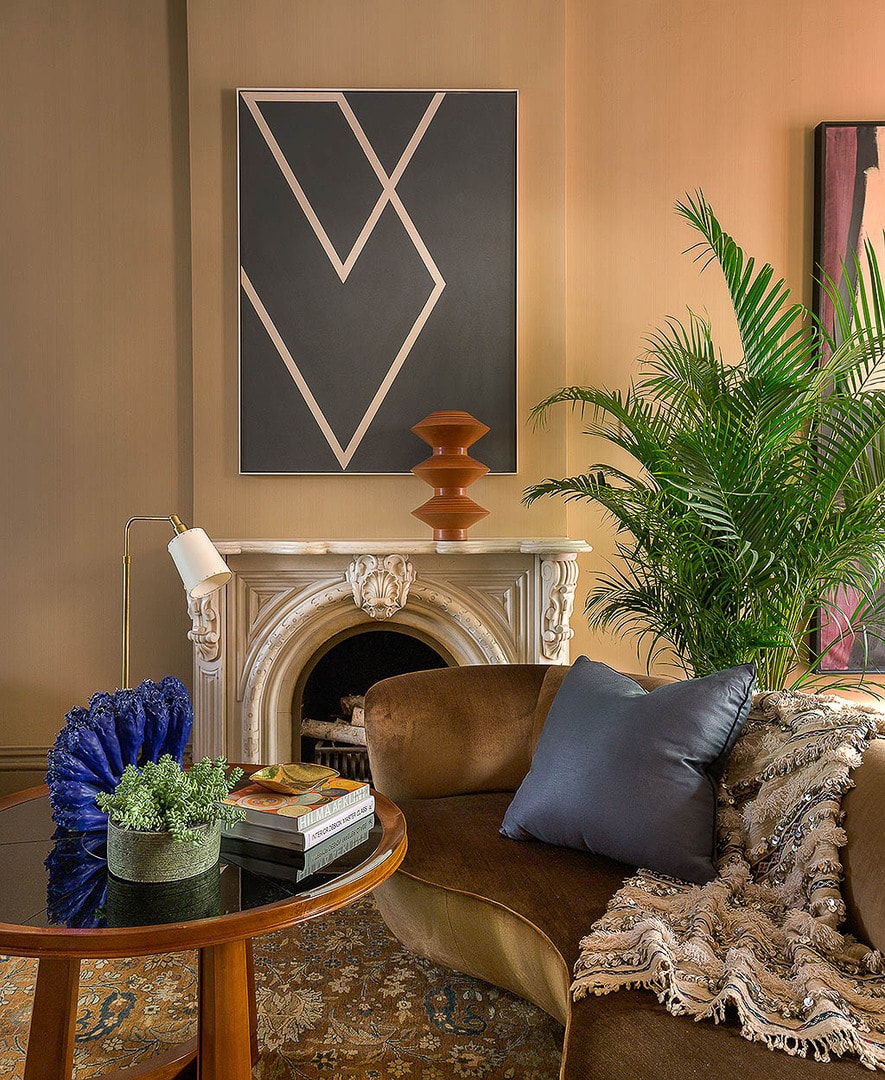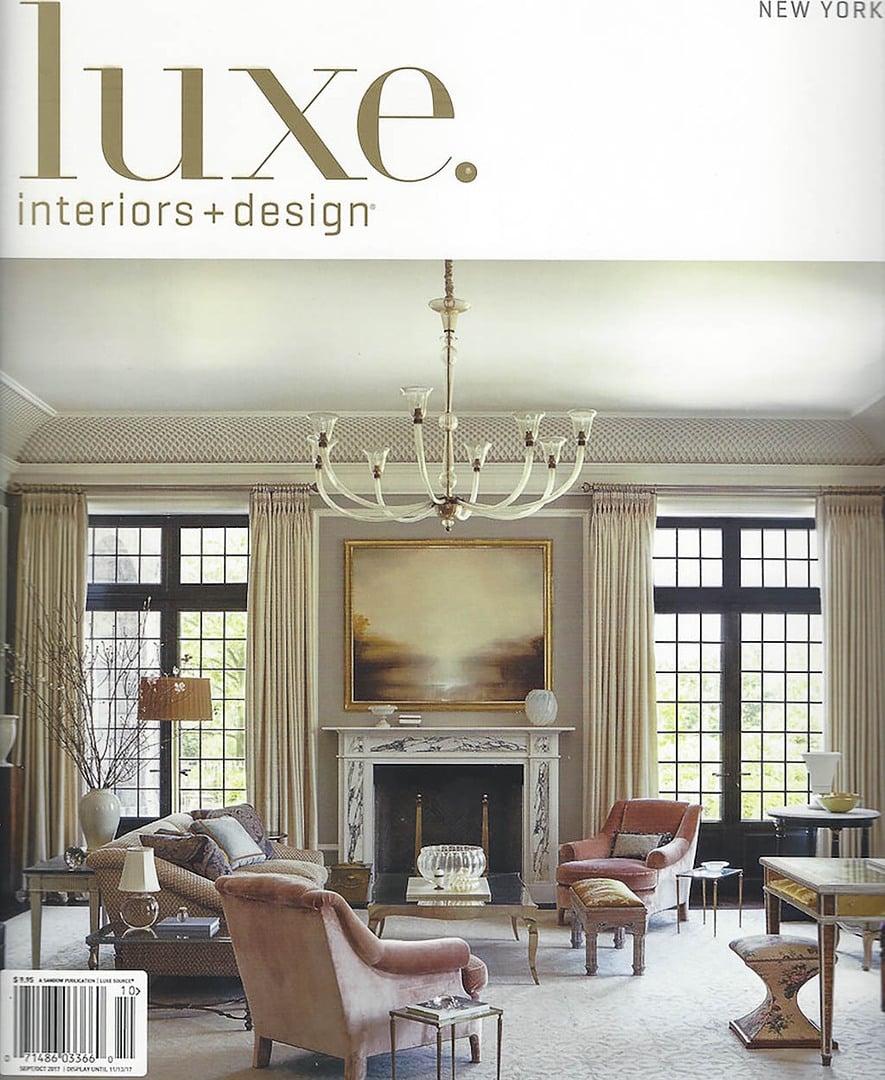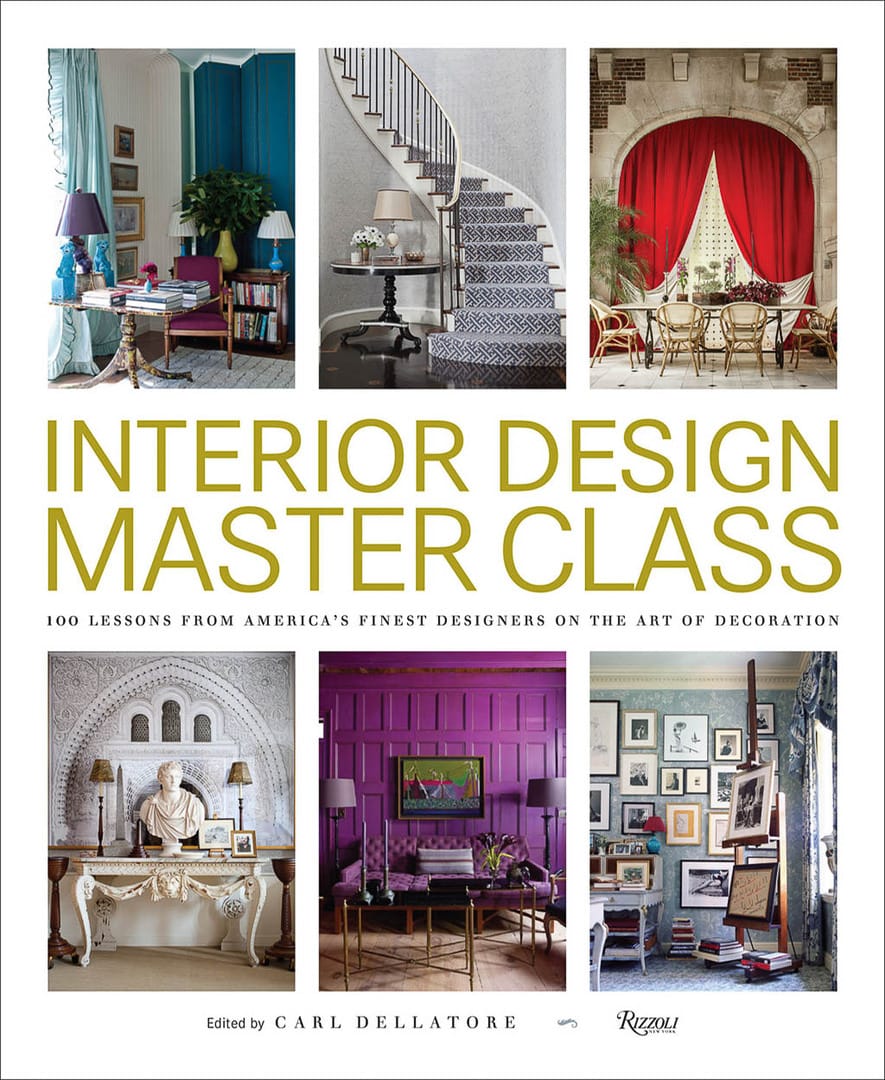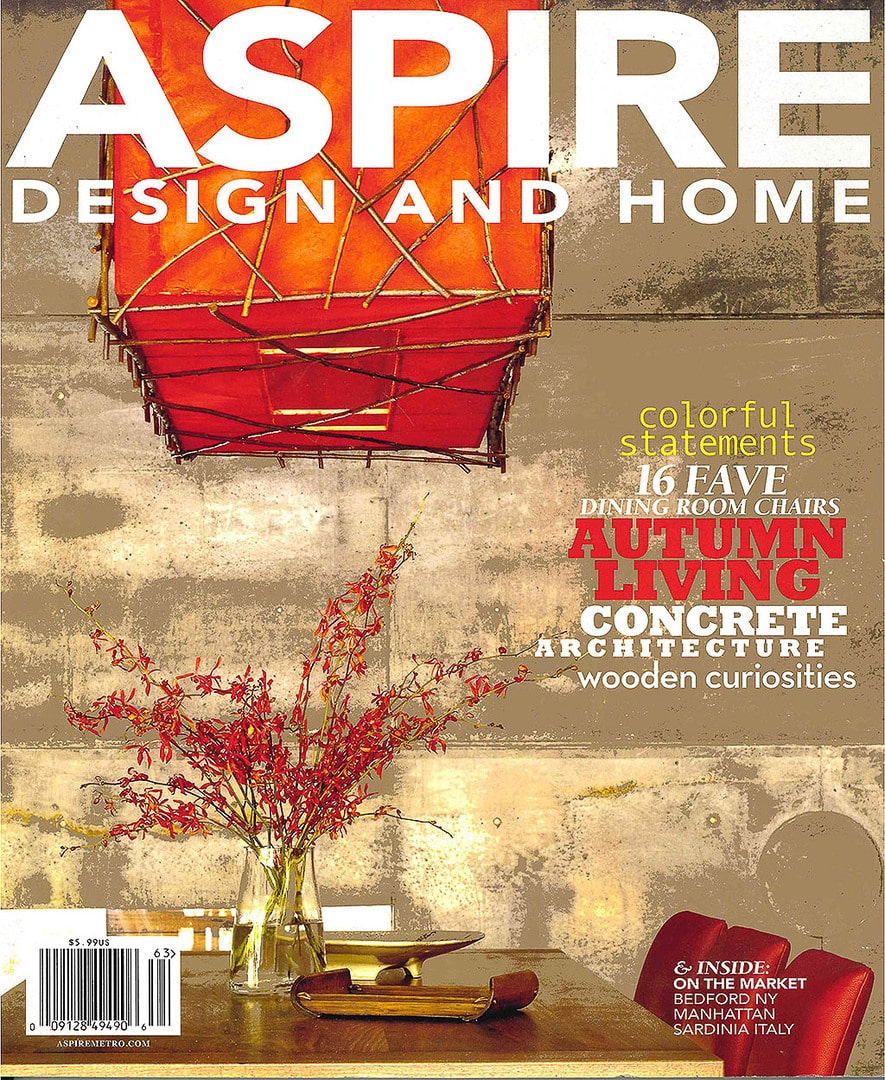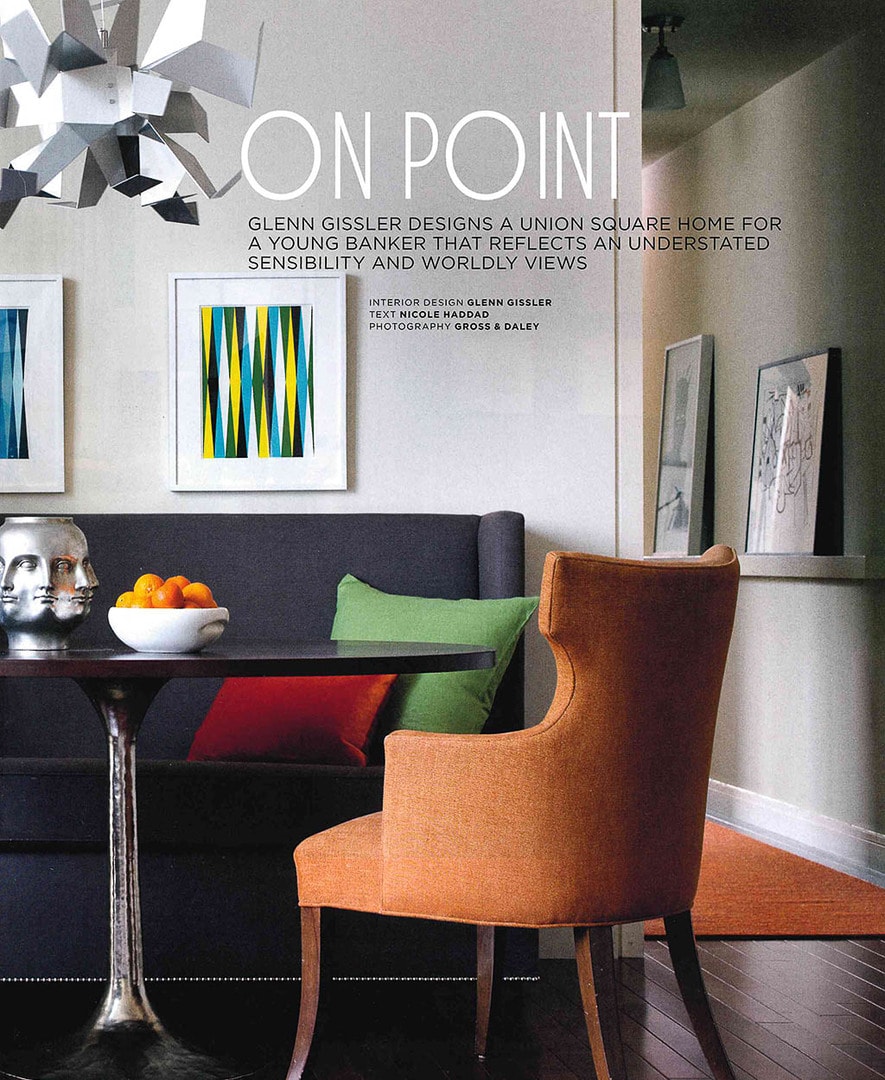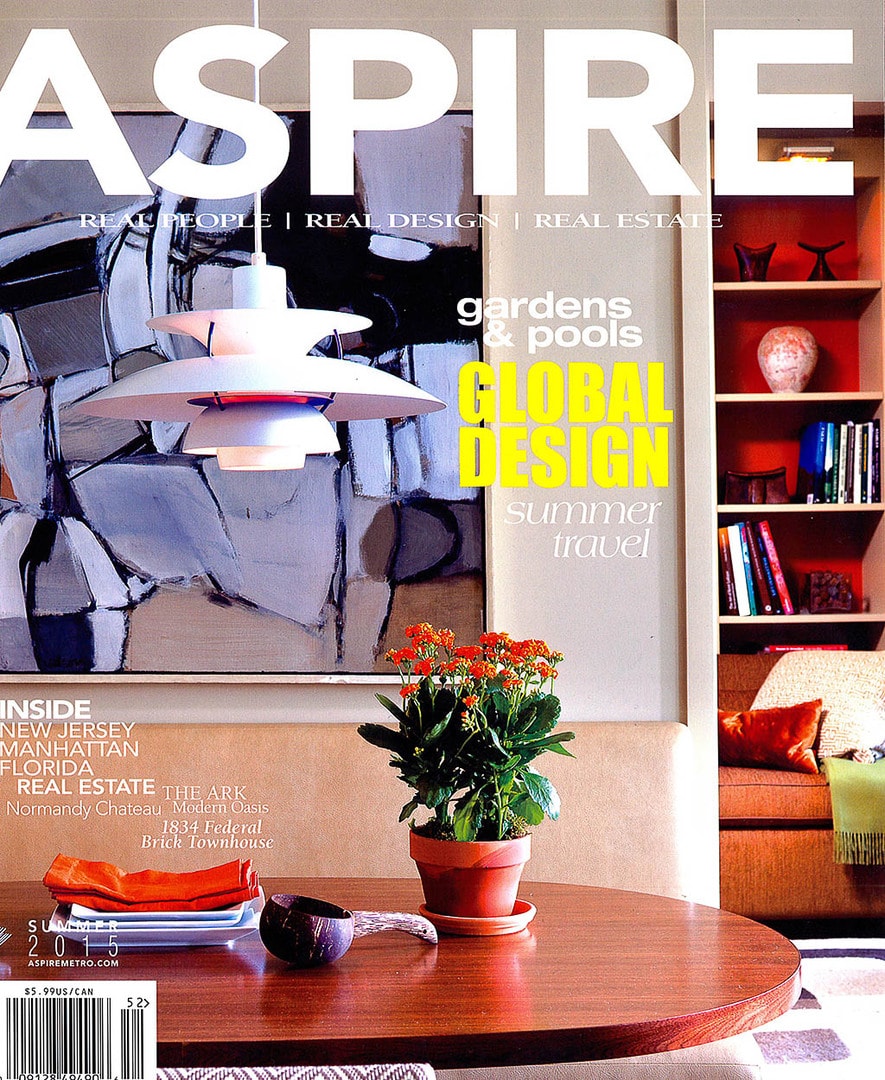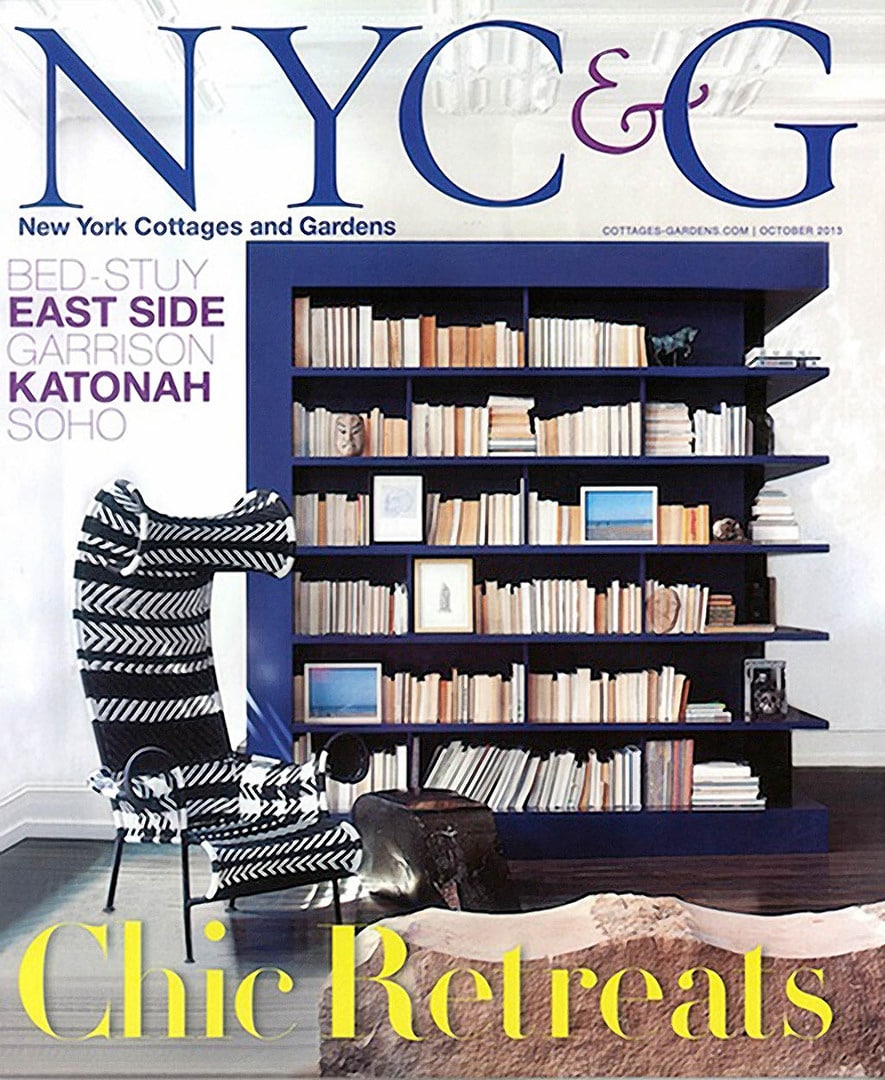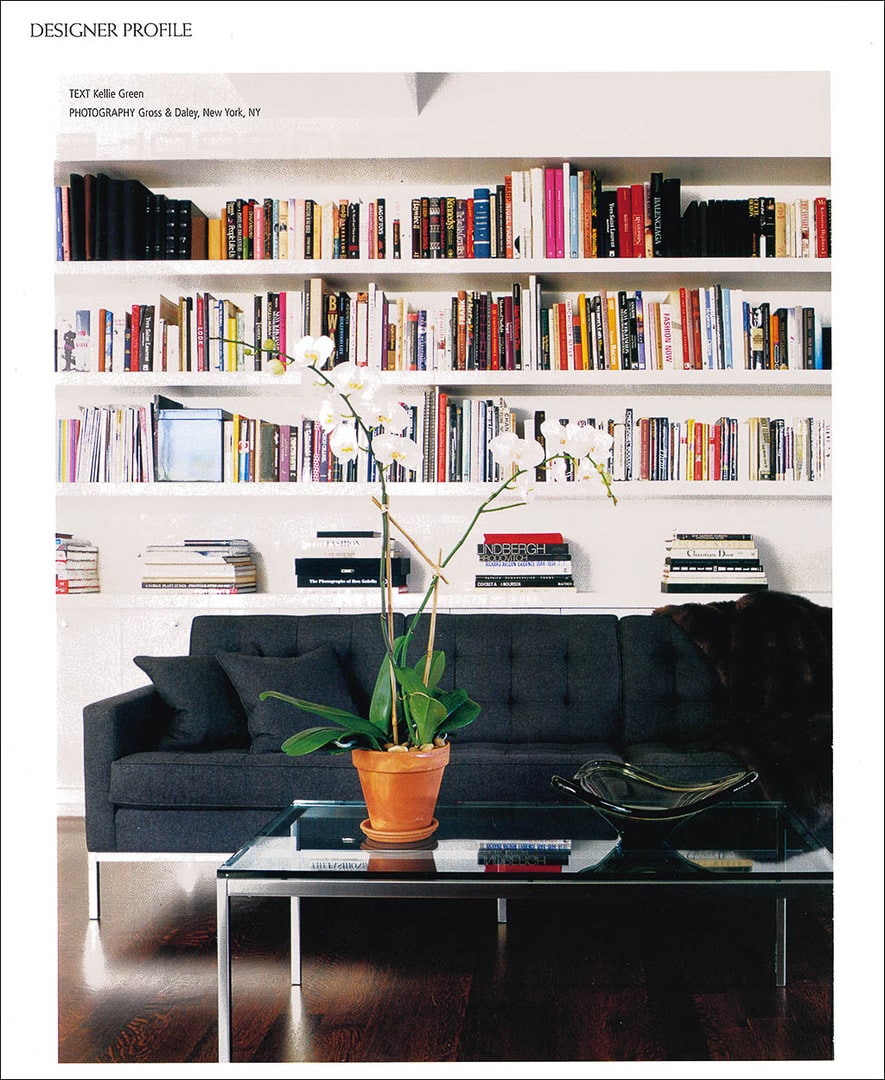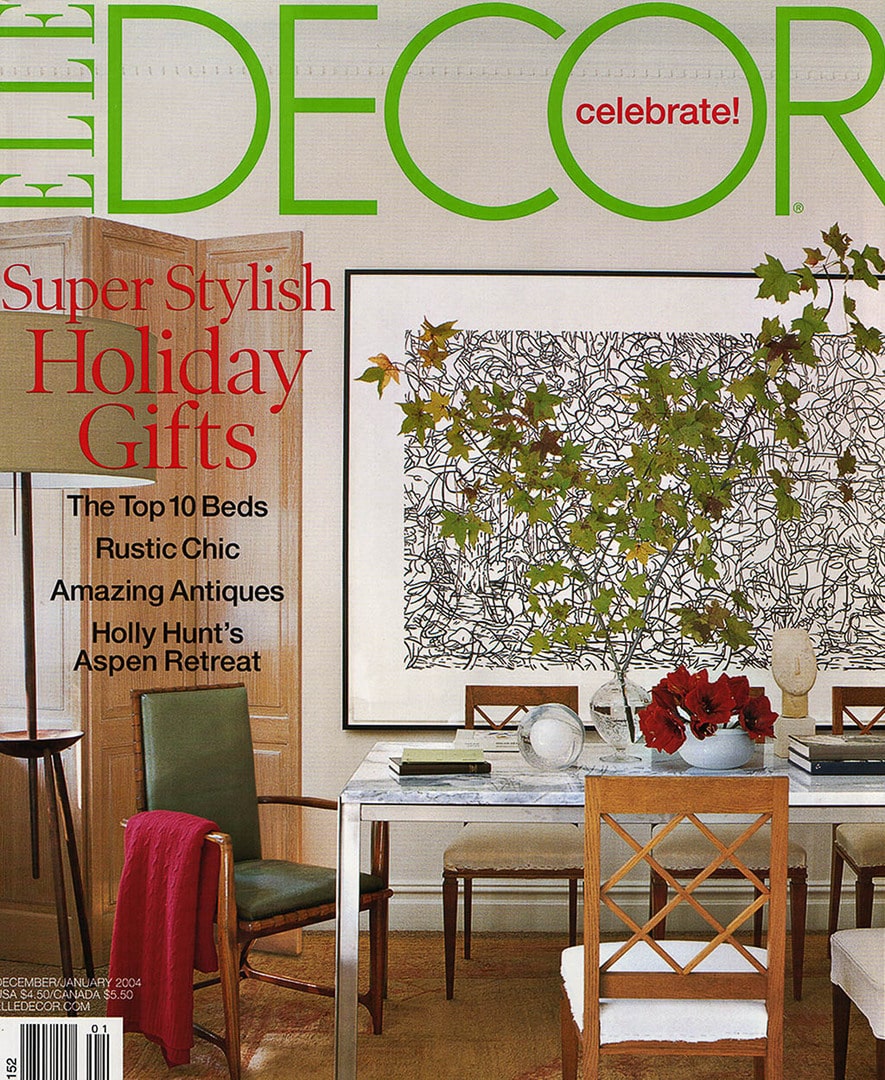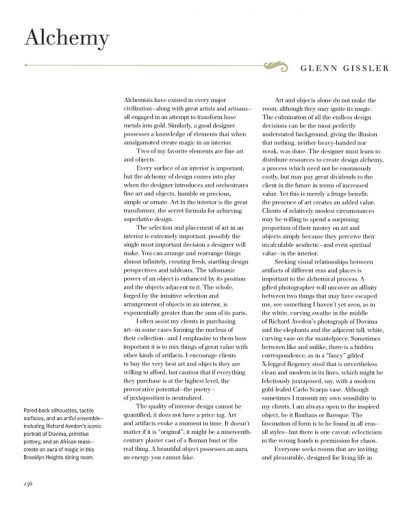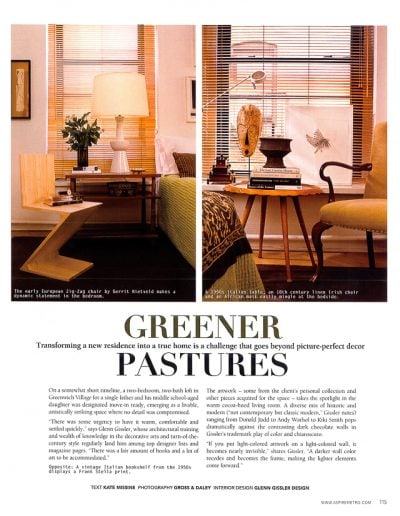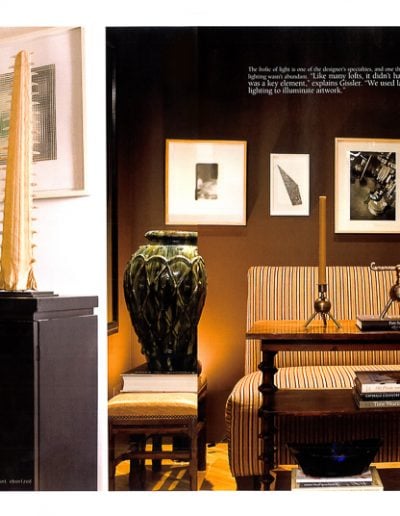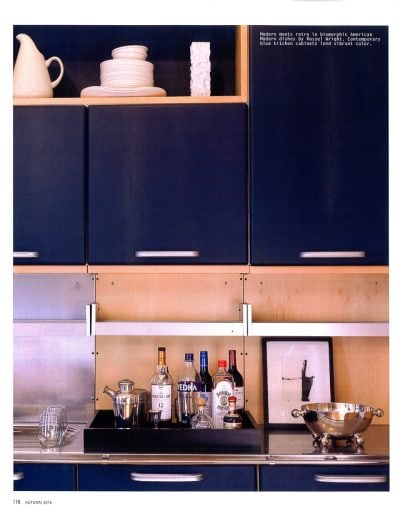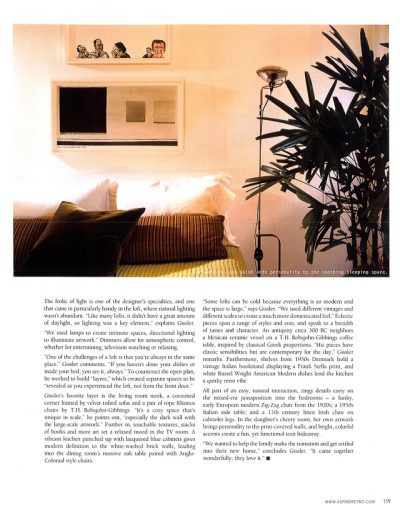Architectural Digest 2016
ARCHITECTURAL DIGEST
AUGUST 2016
An Unused Outdoor Space Is Transformed into a Garden Oasis in NYC
by Tisha Leung
Glenn Gissler designs a sliver of respite using smart space planning
Visit the full article at architecturaldigest.com
For big-city dwellers, having a little outdoor space to call your own is a luxury. Which is why the owners of this 1900s New York duplex were thrilled to have a 250-square-feet area for their family of four—except that it was actually a nondescript, open air shaft wedged between building walls. “The kids’ rooms were on one side and a guest room on the other, so it was a private jewel of a space,” says local designer Glenn Gissler. And he knew exactly how to transform it into a place of respite. First, he created a vestibule as a welcoming entry into the garden by installing stairs and raising the height of the seating area. A trellis overhead offers a sense of enclosure, while a mirror on the back wall makes the space feel larger. “A pair of French glass doors open up to the garden from a hallway,” says Gissler. “It’s lovely to view during the warmer months, but the architectural elements are just as compelling covered in snow in the winter.” Read on to see how the designer created a garden oasis in the middle of the city.
Photography by Gross & Daley Photo
To design an understated and symmetrical space that felt organic, Gissler confined his color scheme to dark browns, greens, and blues. Custom benches by Accents of France feature classical circular motifs, while the trellis overhead provides shade. “I included two bright blue Chinese garden stools that are placed off-center so the symmetry doesn’t feel so static,” he says.
The air shaft was filled with white gravel and white-painted brick walls. To give the space a solid foundation on which to build the rest of the garden, Gissler laid down bluestone pavers and covered the walls with stucco.
To design an understated and symmetrical space that felt organic, Gissler confined his color scheme to dark browns, greens, and blues. Custom benches by Accents of France feature classical circular motifs, while the trellis overhead provides shade. “I included two bright blue Chinese garden stools that are placed off-center so the symmetry doesn’t feel so static,” he says.
The garden is filled with evergreens like boxwood, rhododendron, and ivy mixed with colorful annuals and perennials. To sustain the vegetation, a self-watering irrigation system was installed beneath the removable pavers. Simple terra-cotta pots in various sizes help make the terrace feel bountiful.



